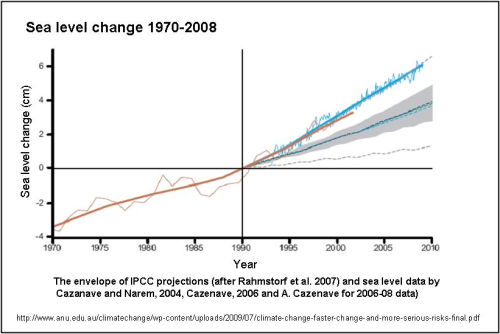
Figure 4: The 1990-2009 Australian CO2-e emissions trend, including projected decreases of 5, 15 and 25 percent between 2010-2020 relative to 2000 levels
(Australian Government White Paper). Arrows plotted by the author (AYG) denote continuing CO2 rise trajectories related to CO2 emissions, taking no account of carbon cycle
feedback effects, tracking toward the 500 ppm CO2-e level which marks the approximate upper stability limit of the Antarctic ice sheet
With an atmospheric CO2-e (a value which includes the effects of methane) at about 460 ppm (Copenhagen Synthesis Report) climate conditions are a mere 40 ppm from the CO2~500 ppm upper stability limit of the Antarctic ice sheet. Due to the cumulative nature of atmospheric CO2, intersection of this critical threshold and a rise by 2 degrees C relative to pre-industrial time threaten the onset of abrupt tipping points in the climate system, taking climate change out of human control.
Advertisement
Only urgent measures at global mitigation involving carbon emission cuts near-80 per cent, rapid application of clean renewable energy utilities, cessation of land clearing, extensive reforestation, global biochar and application and fast track development of chemical CO2 down-draw technologies aimed at lowering atmospheric CO2 levels to below 350 ppm (Hansen et al., 2008), can make the difference to the young and future generations.
Discuss in our Forums
See what other readers are saying about this article!
Click here to read & post comments.
14 posts so far.